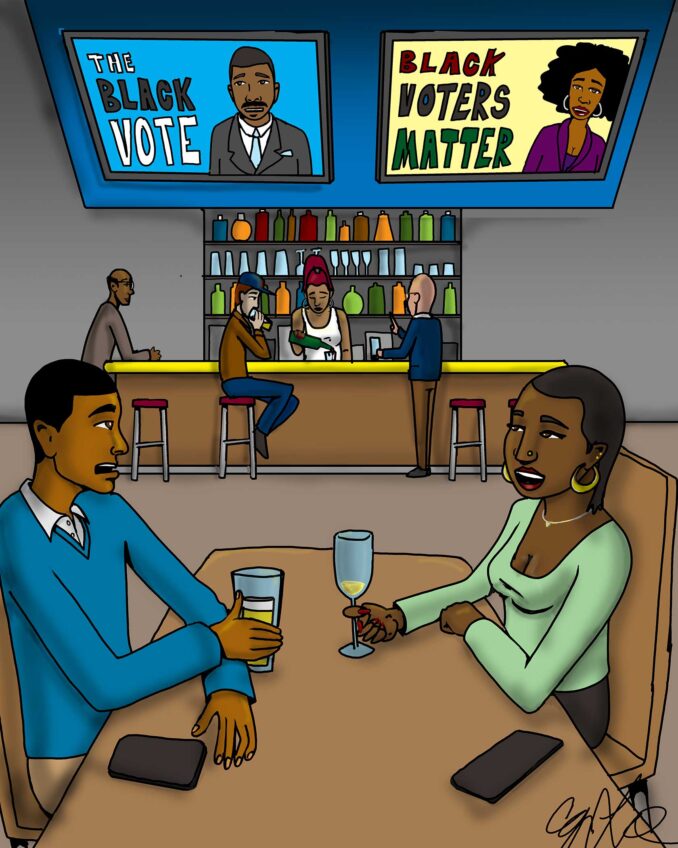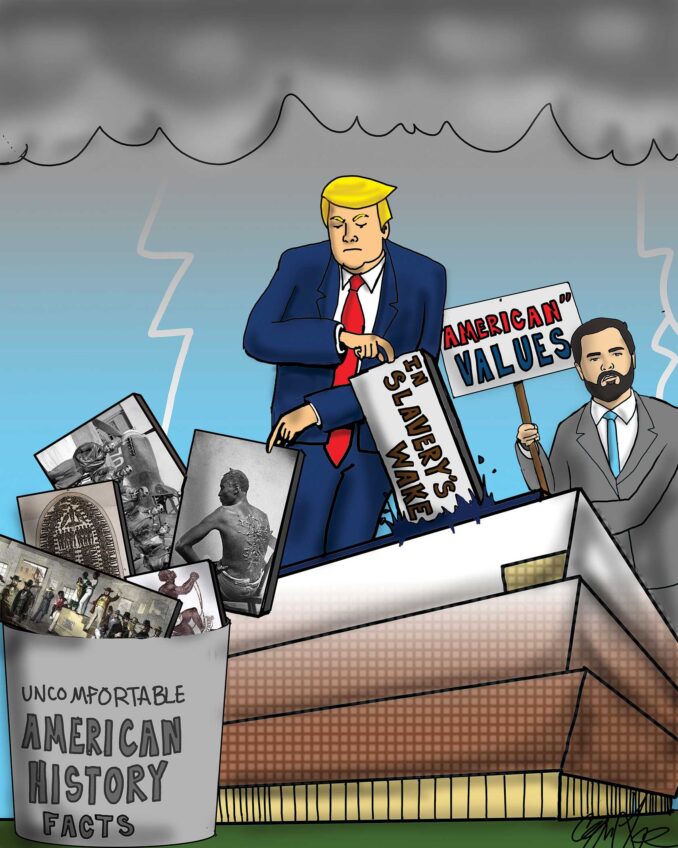It is an open secret that multi-millionaires and billionaires, many of them foreign buyers, are purchasing luxury condos across Boston. Some are inhabiting these properties, but the majority are being deployed as global “wealth storage units,” a place to park assets that will hopefully hold their value in volatile economic times.
Thousands of units are now in the pipeline, popping up in the Back Bay, Seaport, Financial District, Chinatown and Fenway –and having a ripple impact into the city’s neighborhoods.
While there are benefits to the city in terms of construction jobs and increased tax revenue, there are also serious negative consequences, many spelled out in a recent report that I co-authored, Towering Excess: The Perils of the Luxury Real Estate Boom for Bostonians.
One serious consequence is how quickly Boston’s demographics will be transformed. Boston’s luxury housing boom will accelerate the city’s existing economic and racial inequalities.
Massachusetts is the 6th most unequal state in the U.S., in terms of the ratio between the incomes of the top 1 percent and the bottom 99 percent. And Suffolk County, with the four cities of Boston, Chelsea, Revere and Winthrop, is the most unequal county in Massachusetts. The richest 1 percent of Suffolk County residents have an average income of $2.79 million, which is 53.6 times the $52,149 average income of the bottom 99 percent.
More housing, built exclusively for people in the richest 1 percent will accelerate, not reverse these trends, including the city’s persistent racial wealth divide.
A 2015 study co-published with the Federal Reserve Bank of Boston examined asset ownership by race in the Boston area, taking a closer look at sub-racial groups such as the experience of Boston’s non-immigrant multi-generational African American residents (called “US blacks” in the report) and Caribbean blacks (including Haitians). Instead of just looking at Latinos, the study broke down differences between, for example, Puerto Ricans and Dominicans.
With wealth defined as assets minus debts, median household net worth for whites was $247,500. For Caribbean blacks it was $12,000 and for US blacks it was just $8. Median household net worth was $3,020 for Puerto Ricans and $0 for Dominicans. In other words, half of US blacks and Dominicans in Boston have essentially zero wealth, they owe as much as they own.
In the neighborhoods with the greatest density of new luxury housing (Back Bay, Downtown, Fenway and South Boston Waterfront), there were no home mortgage loans made to black borrowers in 2015, the last year for which we have data. Similarly, no Latino buyers received loans in the Fenway and South Boston Waterfront in 2015, according to the annual “Changing Patterns” report prepared for the Massachusetts Community & Banking Council.
In contrast, 40 percent of home loans in Mattapan went to Blacks and 21.4 percent of home loans in Hyde Park went to Latinos. But the neighborhoods with the most substantial investment in luxury housing have zero, zip, nada in the number of loans to Blacks and Latinos. If these trends continue, Boston’s luxury building boom will fuel accelerated class and racial separation in settlement patterns in Boston.
The City of Boston will argue that luxury housing ’s “build, build, build” strategy is working, that the benefits of housing trickle down will benefit Bostonians. But thousand of more luxury units will not address the current levels of inequality polarization.
Given the amount of land, labor, energy and material resources being devoted to Boston’s luxury housing boom, the burden is now on the city to prove that more luxury housing is doing more good than harm.
Chuck Collins is a senior scholar at the Institute for Policy Sudies.






